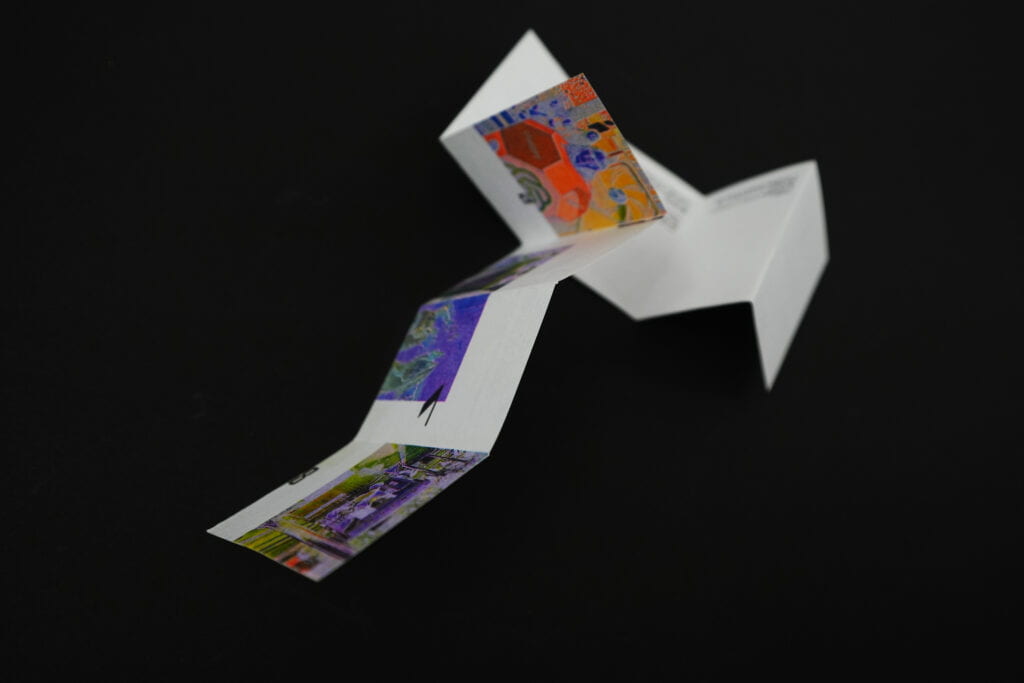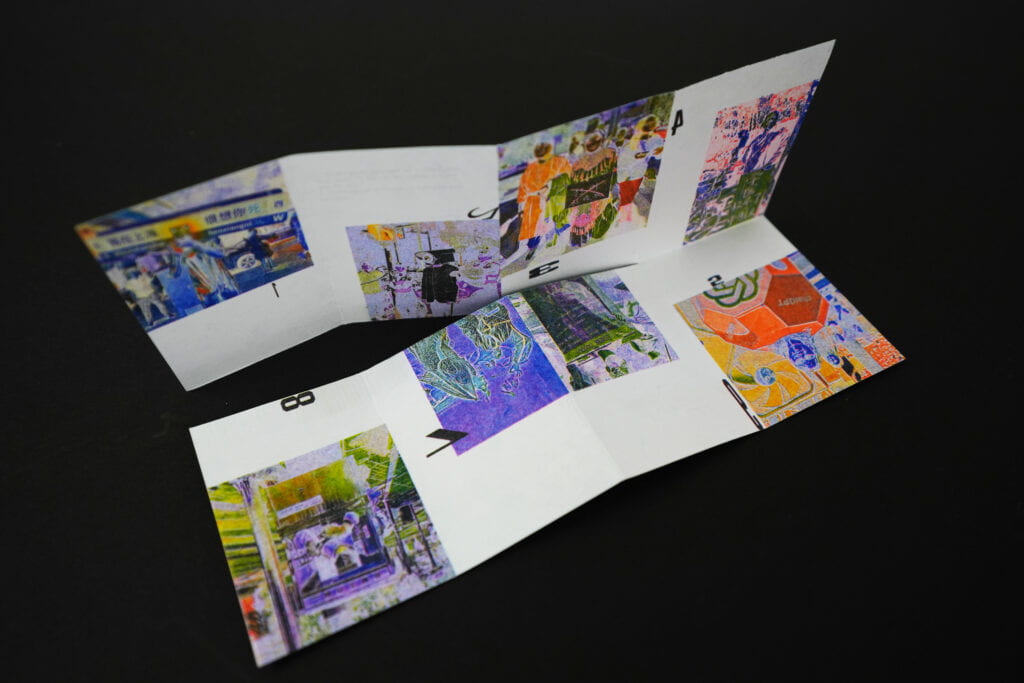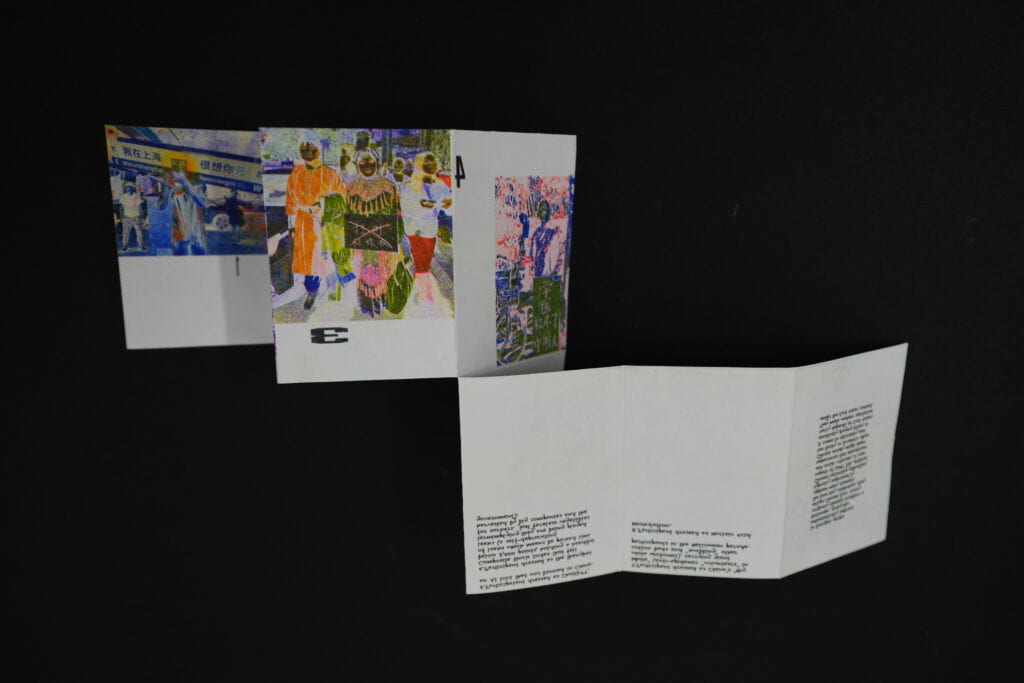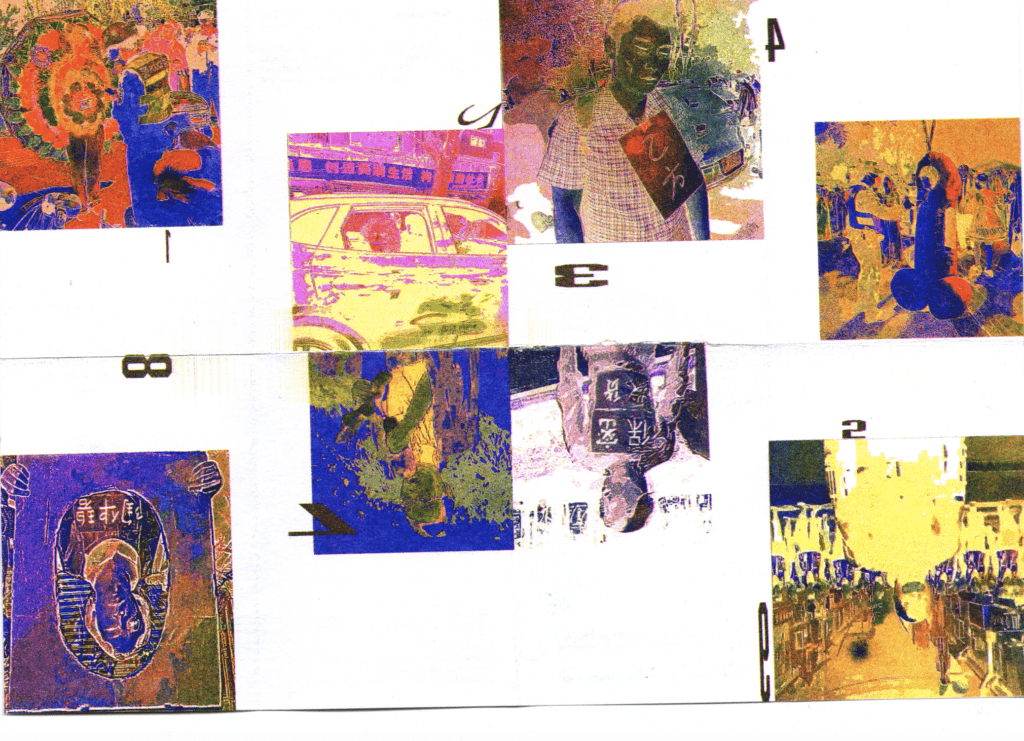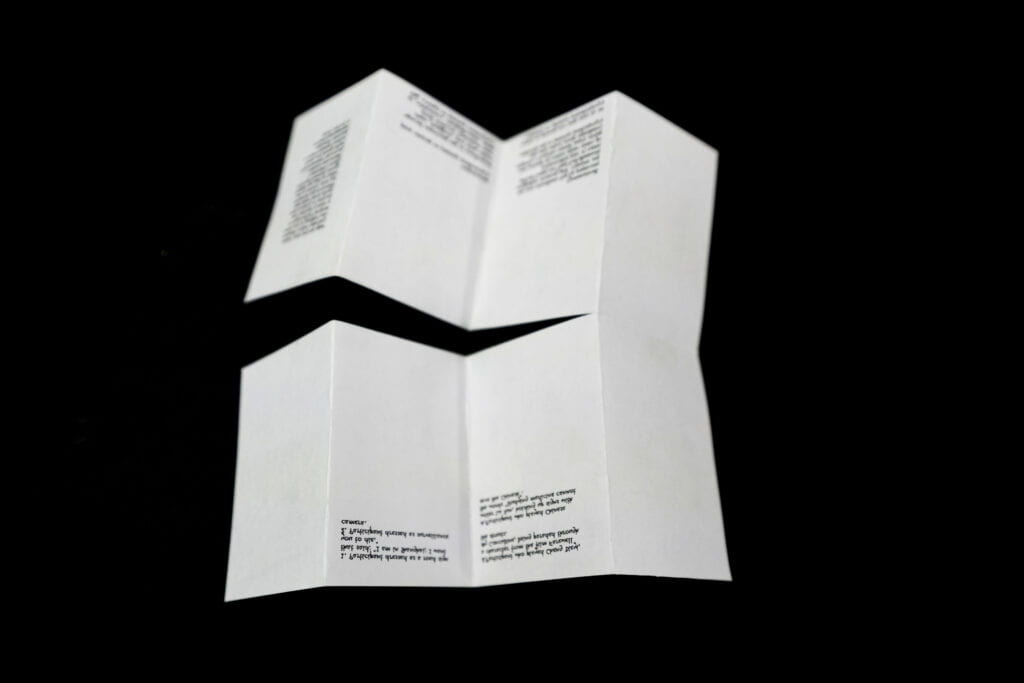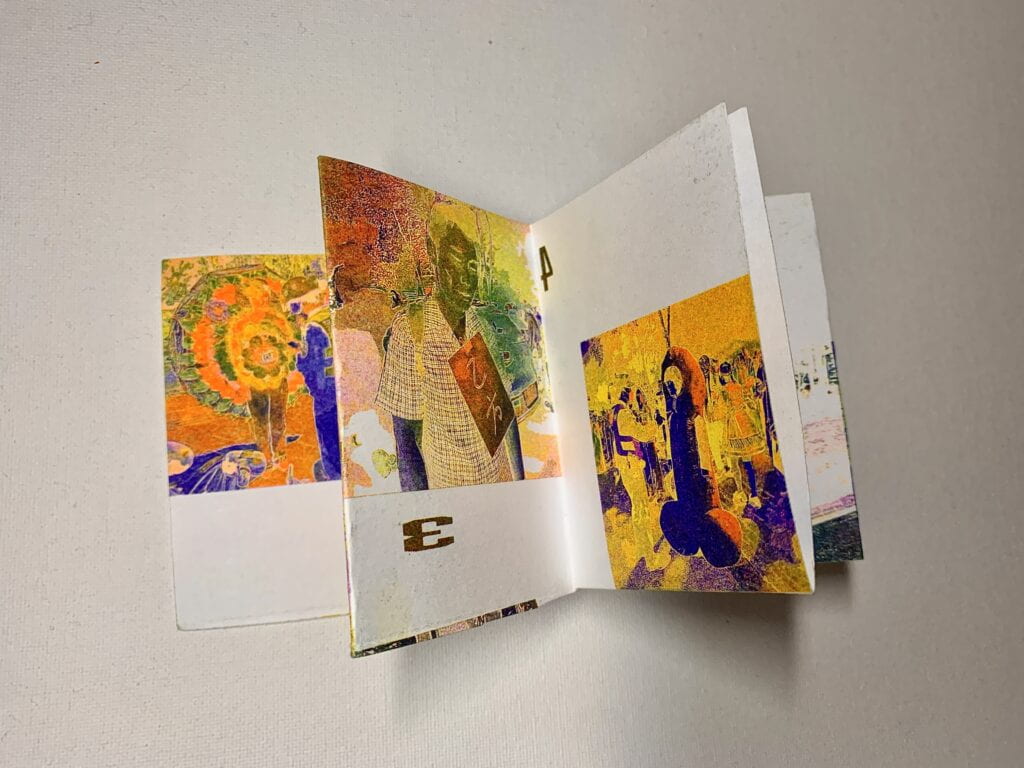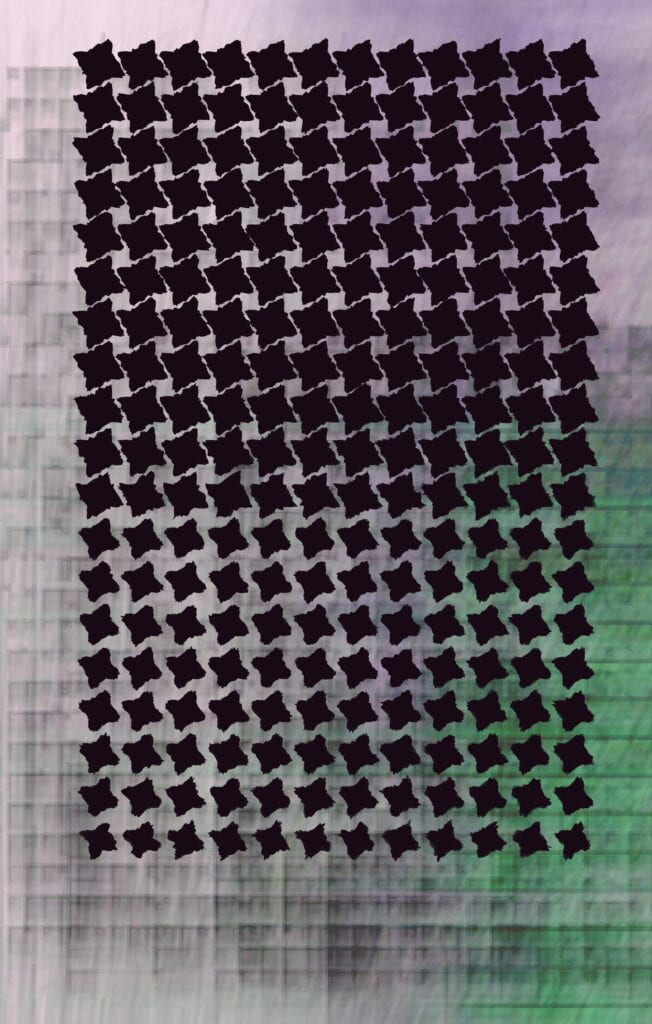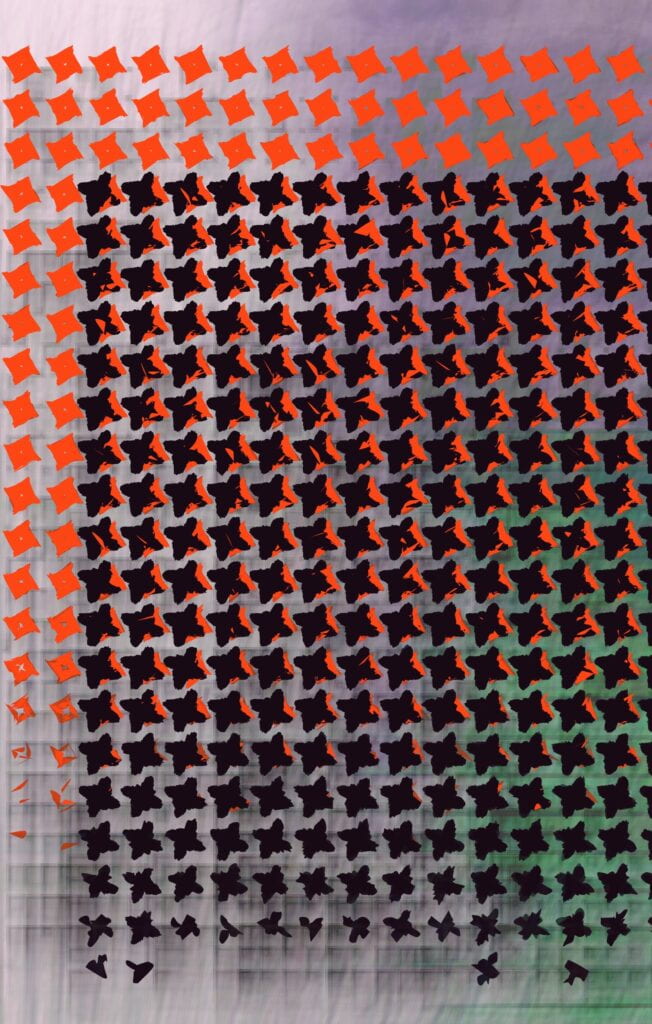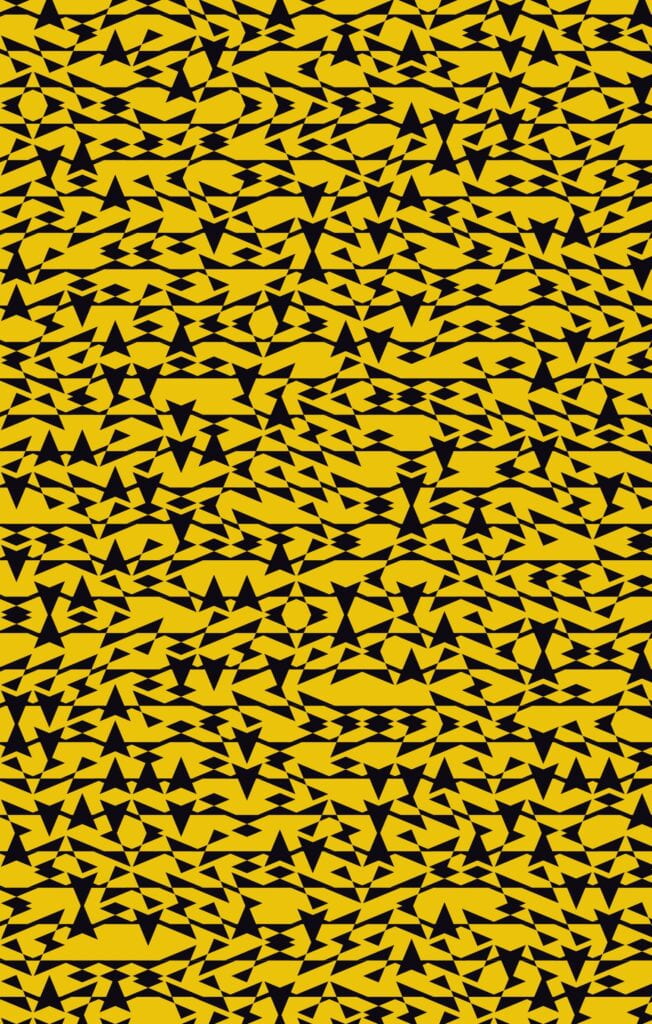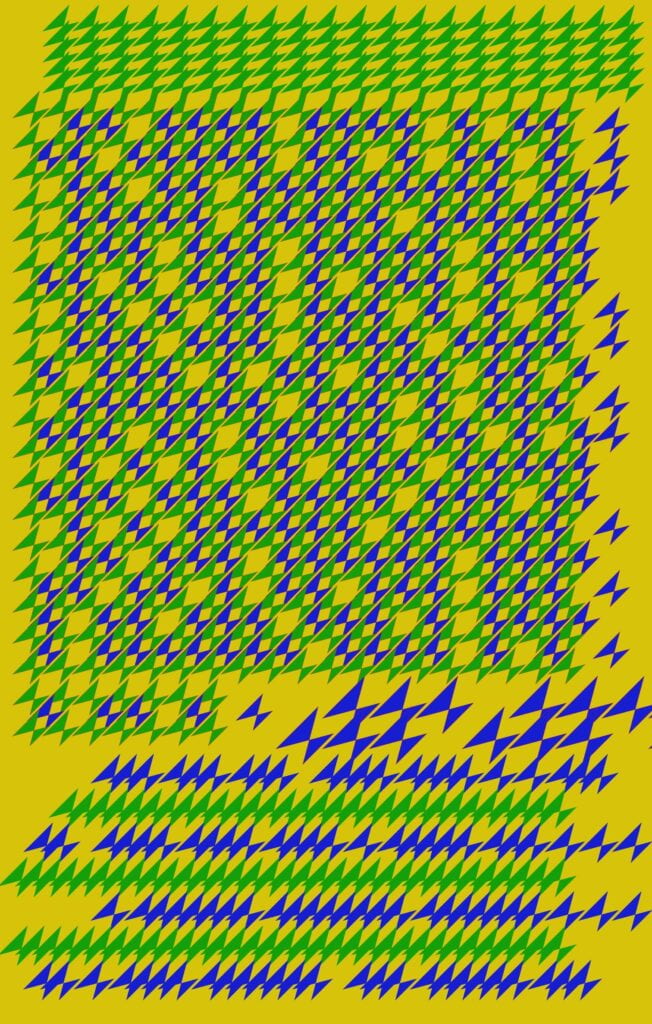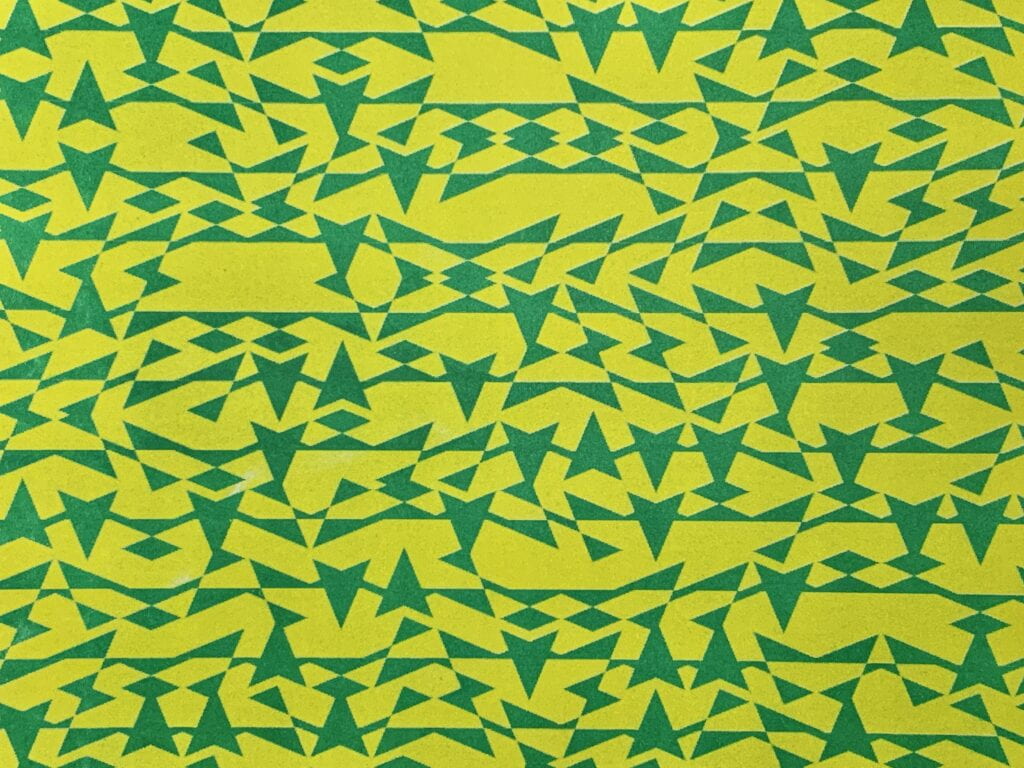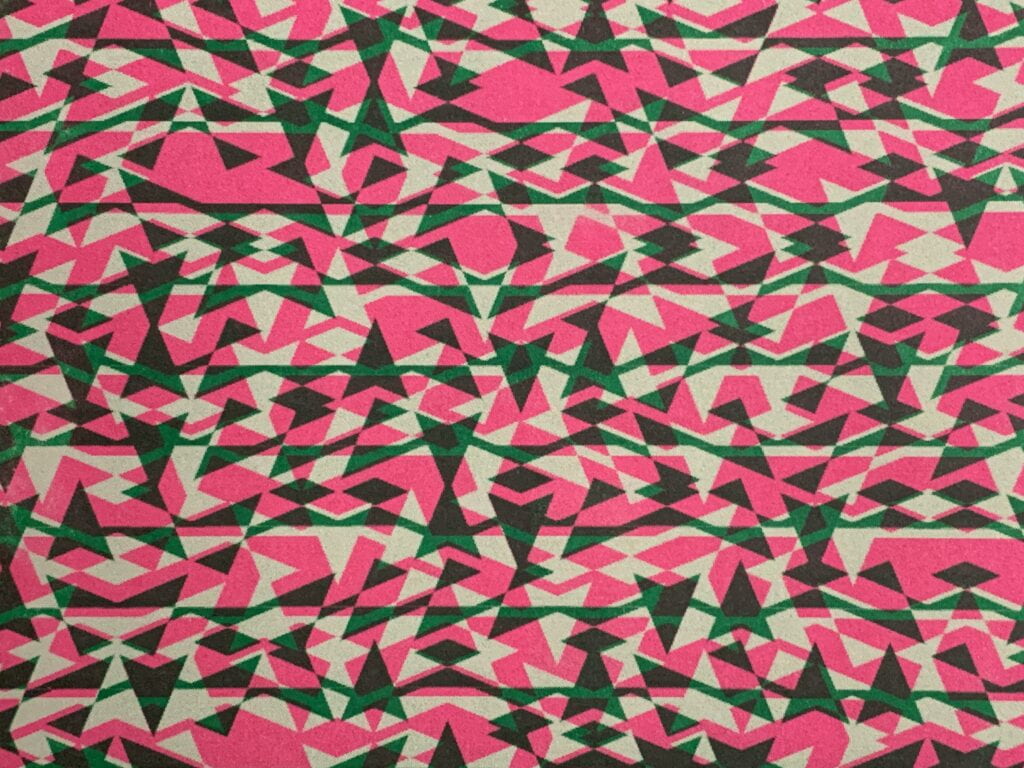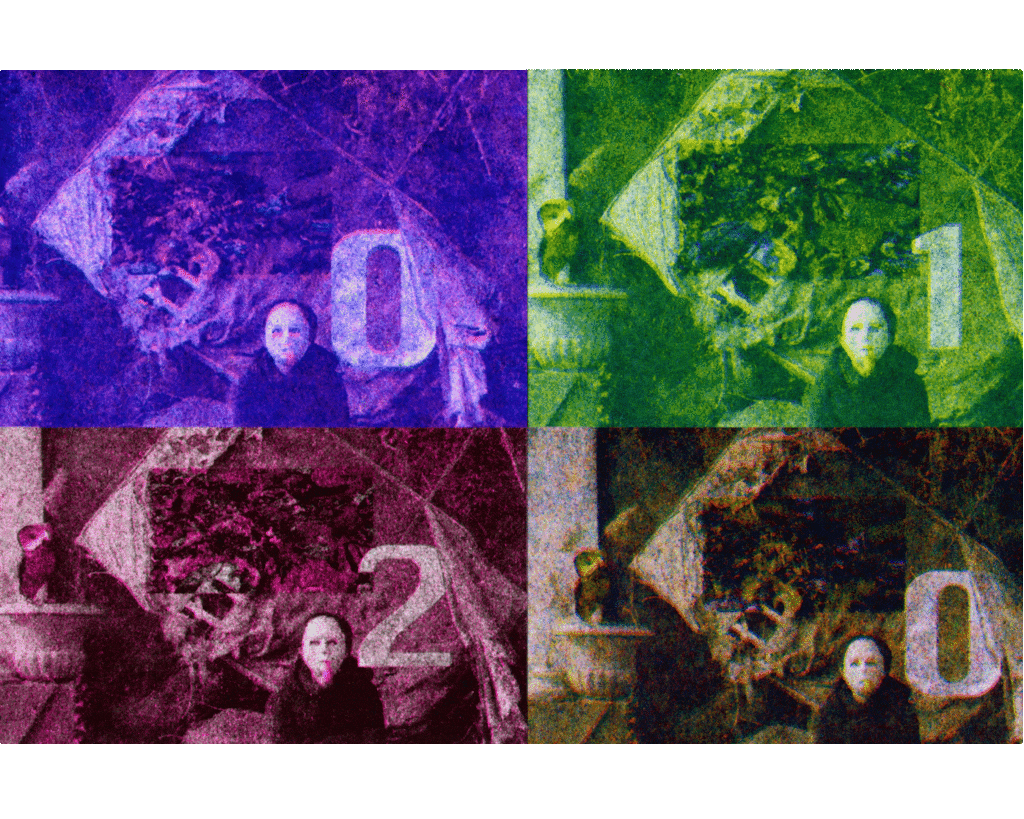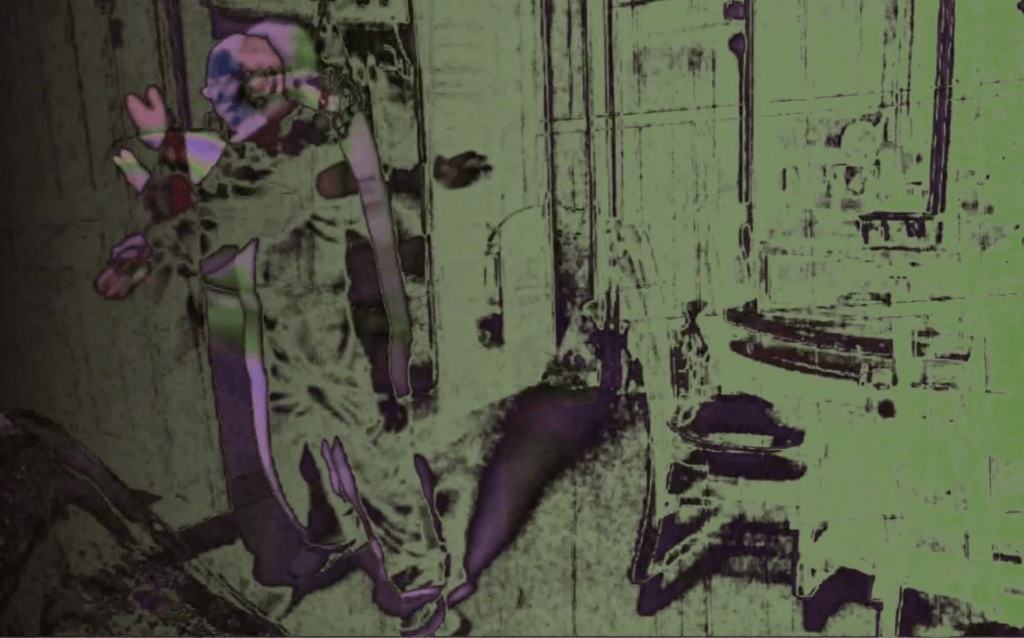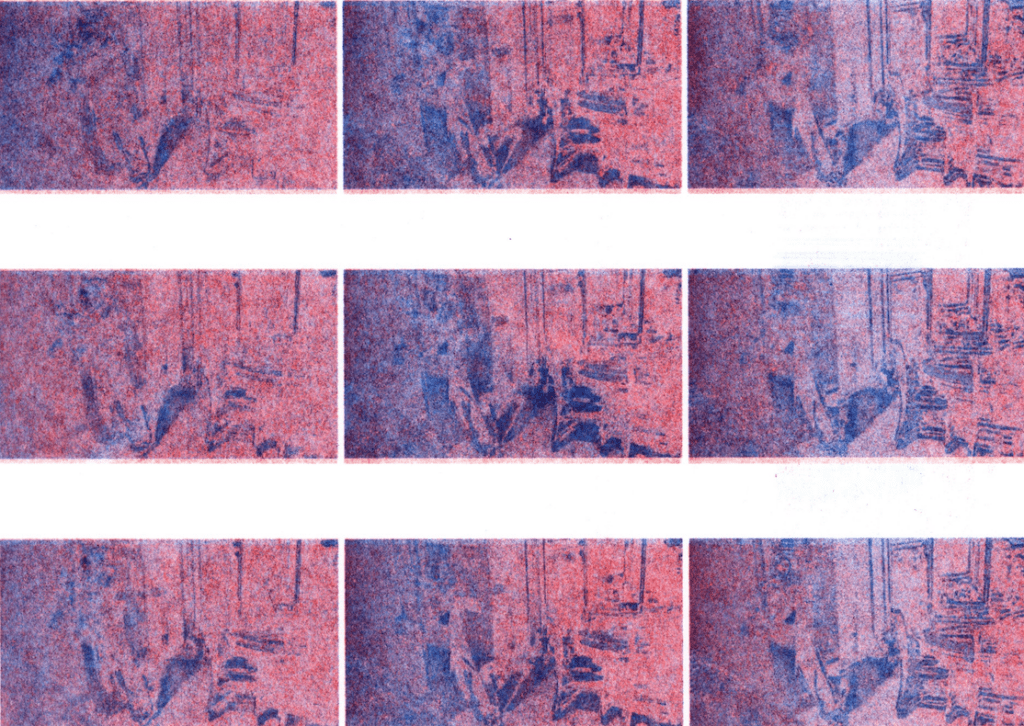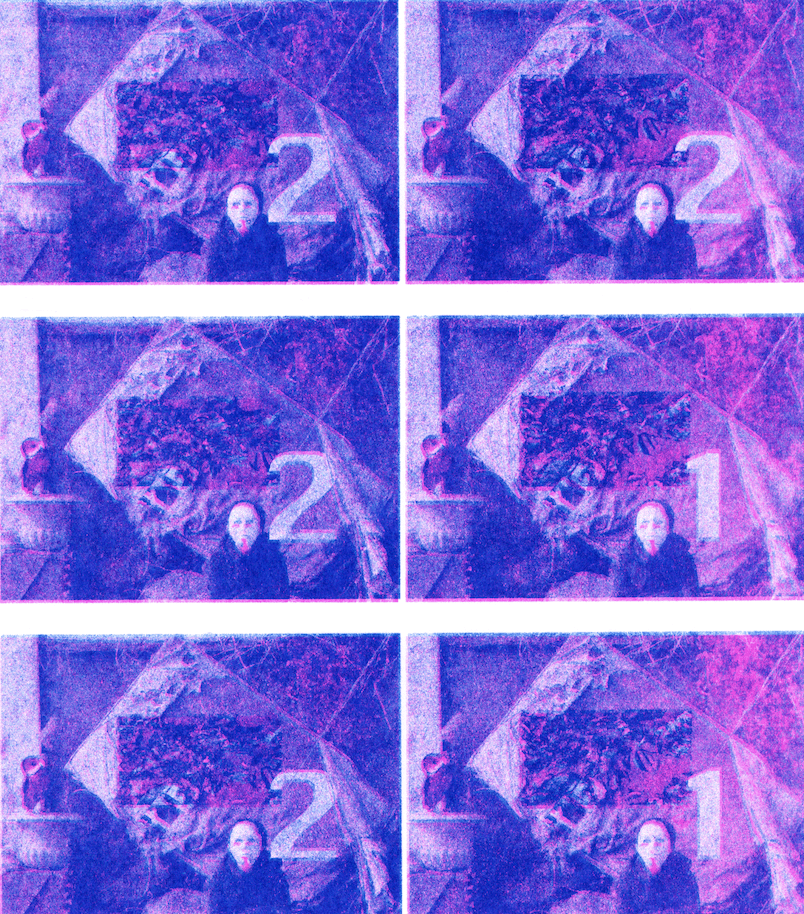We made two zines about the 2023 Halloween parade in Shanghai because we believe the parade mirrors the zeitgeist of contemporary China — a blend of self-deprecating humor in response to suppressed political expression, a gradual economic downturn, strict censorship systems, and the fusion of dark humor and historical elements within popular culture. In mainland China, the meaning of Halloween has undergone a complete transformation, becoming a form of political and personal expression intricately woven with local culture. This shift stands in stark contrast to the original meaning that Halloween should have in Western contexts.
This parade is the largest social movement in Shanghai since the “Blank Paper Movement.”(In November 2022, a movement in China’s major cities revolted against the government’s overly harsh pandemic lockdown policy, in Shanghai it took place mainly in Wulumuqi Middle Road and had several arrests) Thousands of individuals joined the event, assembling persistently in the area around Julu Road, Changle Road, Huaihai Middle Road, and Chengdu South Road from October 28th to 31st. This area, about a ten-minute walk from Wulumuqi Middle Road, belongs to the former Shanghai French Concession and was originally a high-consumption area inhabited by foreigners. The social movement unfolded over four days with a relaxed atmosphere, and no one was arrested. However, on the evening of November 1st (Wednesday), the Shanghai police deployed a large number of forces to surround the area, but no protesters were present.
All forms of culture are the crystallization of social movements. In contemporary China, cultural hegemony is tightly controlled by the authorities, exemplifying a fervent exclusivism, and nationalism. In reality, nationalism and paternalistic control are mutually reinforcing. The Chinese President is a manifestation of patriarchy, and all indirect references to it have become sensitive terms subject to censorship. The sensitivity and taboo surrounding these topics cast a profound shadow and sense of suppression on the psyche of society, relying on this conventional mystique to achieve control and dominance over the populace.
On the other hand, Halloween is often seen as a ritual that transcends boundaries, where people break societal norms by donning costumes and makeup to portray different characters. This ritualistic act of desecration can be considered a manifestation of Agamben’s theory of profanation, which involves blurring the boundaries between the sacred and the non-sacred, prompting a reevaluation and redefinition of these concepts. Agamben’s theory emphasizes the potential subversion that can occur through acts of profanation, reinterpreting things that were originally considered sacred.
During Halloween, individuals often approach mysterious, supernatural, or sacred elements with humor and jest, stripping them of their solemnity and turning them into objects of entertainment and social interaction. In Shanghai, the Halloween parade, using the outer shell of “Halloween,” essentially appropriates the Western concept of “profanation” in the religious and capitalist sense into the cultural and political context of China, deconstructing the sacredness of societal value systems and political structures under the Party.
Furthermore, the costume and dress-up activities during Halloween can be seen as a form of redefining individual identity and social relationships. This aligns with Agamben’s emphasis on reshaping and changing social relationships through acts of profanation. In the process of transcending boundaries and overturning sacred concepts, individuals have the opportunity to reconsider their identities and take on different roles in society.
Therefore, in post-pandemic Shanghai, within the same neighborhoods that a year ago witnessed the movement against lockdown policies, in this special “field“ of time and space, this “profanation” through Halloween is accomplished smoothly. It is no longer a religious-style guilt and resentment but a dynamic expression of joy and creativity. This revived sense of vitality parallels Henri Bergson’s theory of “laughter”. Laughter involves mocking mechanical and inelastic aspects, serving as a philosophical reflection on life and creativity. According to Bergson, any rigidity in character, spirit, or even the body is what society guards against because it may indicate that a portion of vitality is dormant or isolated. Therefore, society can only respond with a certain attitude, and laughter is precisely that – a societal posture.
We have independently created two zines, with one of them focusing on cosplay inclined towards political metaphors. We collected numerous photos of people’s Halloween costumes from the internet and inverted them, rendering the characters unidentifiable. These include some political events and some historical or fictional characters with political overtones. Additionally, we mirrored all the descriptive texts for the images, including the index for each picture. This seems to resonate with the situation in the mainland, where many statements cannot be freely published online. As a result, individuals often resort to manipulations like mirroring and reversing text to make it unrecognizable. However, there is an underlying understanding that, through a series of post-processing, the original text can be deciphered. This serves as a response to the sensitivity towards censorship systems and the self-censorship of speech.
In the second zine, our focus shifted towards cosplay that explored cultural aspects, featuring characters like the Joker and Batman, as well as some local cultural symbols and figures such as Na Ying, a highly popular singer in China. This time, the parade also integrated many LGBTQ elements. For example, a woman dressed as a phallus was eventually escorted away by the police. This series of events seems to be a satire on the prevailing state of “phallocentrism” within contemporary Chinese culture.
